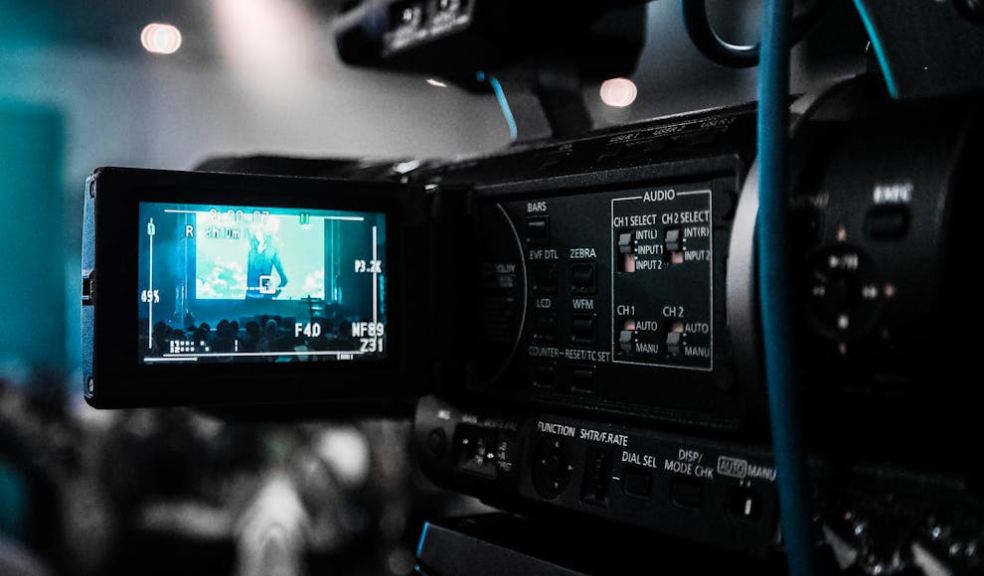
How to Choose the Right Lens for Video Production
Choosing the right lens is very important in video production. It changes how each shot looks and feels. The lens controls light and detail in your video. A good lens makes every scene clear and powerful.
It also affects focus and depth in your video. The right lens choice can shape the mood of your story. It helps you control how viewers feel about each scene. This guide shows how to pick the best lens for your videos.
But if you are a beginner and don’t have any idea about the lens. You can get help from the video production experts.
The Role of Lenses in Video Production
The lens you choose changes everything about your video. It decides how viewers see your story. Close lenses show emotion and detail. Wide lenses show space and movement.
Each type gives a different feel and tone. The right lens connects your message with your audience. It helps turn simple scenes into something more powerful and meaningful.
Different Types of Lenses
There are several lenses for video work. Each one adds its own style and visual effect.
-
Prime Lenses
A prime lens does not zoom but offers amazing image sharpness. It performs well in dark or low light areas.
Many video production experts often choose prime lenses for their high quality and soft background effect. They make every shot look professional and visually rich.
-
Zoom Lenses
Zoom lenses let you switch between focal lengths easily. They save time and give more shooting options.
You can move closer or farther without changing lenses. This makes them great for events or documentaries that need quick and smooth framing.
Focal Length and Its Impact
Focal length determines how close or far the subject appears in your frame. It is measured in millimeters.
-
Wide Angle Lenses (10 mm–35 mm)
These lenses capture more of the scene and suit landscapes or tall buildings. They add depth but can stretch faces when too close.
-
Standard Lenses (35 mm–70 mm)
These lenses show views similar to the human eye. They work well for interviews and lifestyle videos. Many creators use them for natural shots.
-
Telephoto Lenses (70 mm and above)
These lenses help capture distant subjects easily. It is great for filming wildlife or action scenes. Keep the camera steady to avoid shaky shots.
Aperture and Depth of Field
Aperture affects both light and depth. A low f-stop means more light and a nice background blur.
-
Wide Aperture (f/1.2–f/2.8)
A wide aperture makes the subject pop by softly blurring the background. It adds a clean and artistic touch to your video.
-
Narrow Aperture (f/4–f/11)
The narrow aperture gives sharp focus across the whole scene. It is ideal for outdoor and wide angle shots.
Lens Compatibility and Mounts
Make sure the lens fits your camera correctly before buying it. Each brand or video production expert uses their own mount type. The right match ensures smooth setup and clear results. Canon Sony and Nikon use unique systems.
Know if your camera is full frame or a crop sensor. This affects how wide or close the shot appears. A full frame lens may seem zoomed in on a crop camera.
Image Stabilization in Lenses
With image stabilization, your videos stay smooth and stable. It is useful when you film while moving or holding the camera by hand. This feature keeps your shots steady and clear. It makes your video look smooth and professional.
It works well in dim light conditions. Some cameras include it internally. Others depend on lens based systems. For the best moving shots, use a lens with optical stabilization support.
Choosing Lenses Based on Video Type
Every video project has a different need. The lens you choose should match your shooting style.
-
For Interviews
A 50mm or 85mm prime lens gives sharp and clear portraits. It shows natural face details with a soft background blur. This makes your video look clean and professional.
-
For Travel or Vlogs
A 24mm or 35mm lens works best for filming. It captures both the person and the background clearly. The view looks natural and balanced.
-
For Events or Weddings
A zoom lens like 24–70mm gives you more shooting options. You can take close shots and wide views easily. It saves time and keeps filming simple.
-
For Cinematic Films
Prime lenses with wide apertures like f/1.8 give videos a cinematic look. They add depth and focus to each scene. This creates emotion and beauty in every story.
The Role of Budget in Lens Selection
Premium lenses are costly but offer clear images and lasting quality. New creators can begin with cheaper lenses that work fine. One strong lens gives better results than many average ones.
It keeps your work sharp and simple. You can rent lenses to test new styles. It is also good for short projects or special shoots.
Testing and Experimenting Before Buying
Each lens gives a unique result in real shooting. Before buying, rent or test different lenses. Notice how they handle light and focus.
Watch how each lens changes focus and depth. Use a big screen to view details better. Choose the lens that matches your creative style.
Conclusion
The lens shapes the mood and style of your video. It also influences how viewers feel and connect with your story. It shapes every frame and detail. A good lens balances cost and creativity.
Choosing the right lens makes your video more powerful. It helps tell your story clearly and with emotion. A good lens turns simple shots into cinematic visuals.











